After spending spending few hours of Yakuza Kiwami 2 over the past day or two, there is one thing I can now say for certain: it’s far better than Yakuza 6: The Song of Life.
If you read my review for the final entry in Kazuma Kiryu’s saga, then you know that this wasn’t necessarily a hard benchmark to reach. As a game, Yakuza 6 is still rather decent, but when looking at it within the context of the series? Suffice it to say, it doesn’t quite hold up.
The Secret of Onomichi was underwhelming and actually predictable if you paid attention to the clues and had some knowledge about Japanese history. Meanwhile, though the overall story did a good job at putting Kiryu’s saga to a close, the way so many villains from previous entries managed to work their way into the plot felt hamfisted and contrived.
But my biggest issue? The Dragon Engine.
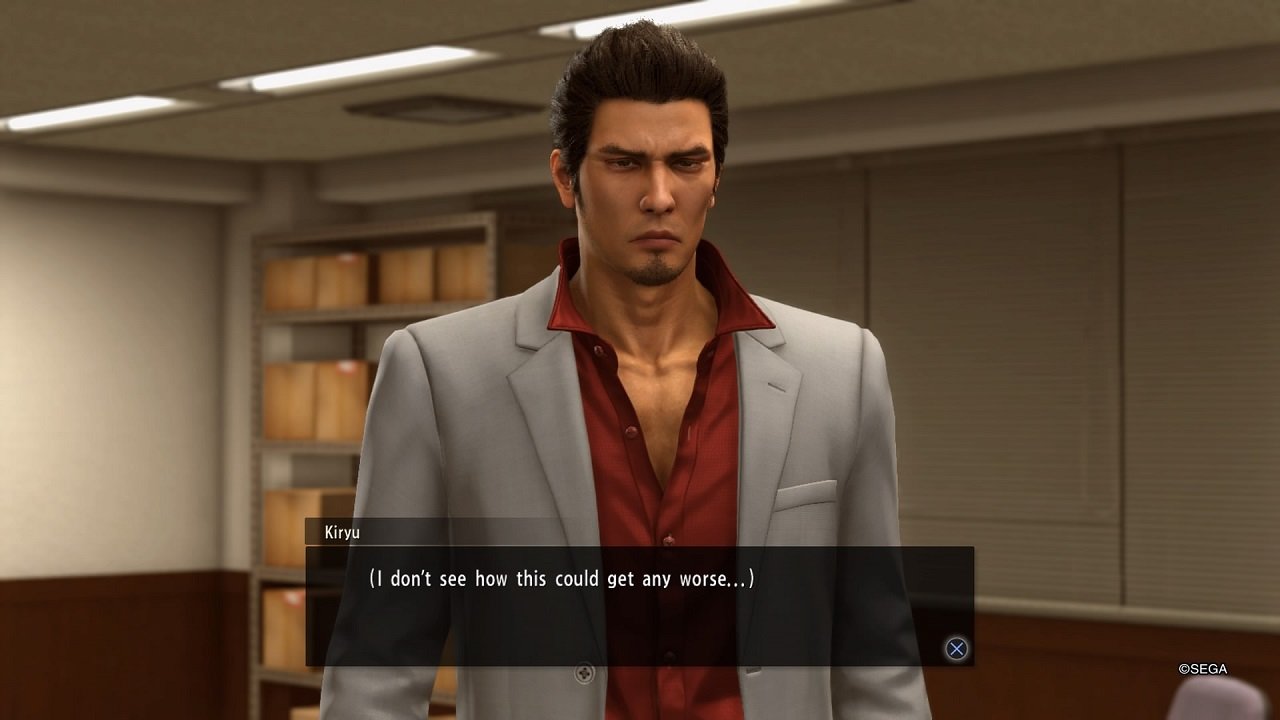
The Dragon Engine was designed as a means to make combat in Yakuza 6 more realistic than ever, but it wound up leaving it in one of the worst states it’s ever been in — a fact made all the more unfortunate considering just how solid Yakuza 0’s and Kiwami’s were. Yes, fights can break out anywhere and I made sure to mention in my past review about how awesome it felt to stick some random guy’s head in an oven. I even praised the upgraded physics, mentioning how both enemy bodies and the surrounding environment now react appropriately when damaged. With that much focus on detail, it was easy for me to swallow the fact that the frame rate was reduced from 60 FPS to 30 FPS. Honestly, it was something I didn’t care much about in the first place.
However, this affection for the combat quickly faded once I recognized just how damaged its mechanics were. The new exp system made it a chore to gain specific attributes (Technique and Charm), making it likely you could go through the whole game without getting key abilities or stats; there were no more combat styles, eliminating all the depth that the two most recent entries had established; and many of Kiryu’s Heat Actions didn’t activate when they were supposed to, while one or two key ones (like stomping on grounded enemies) were missing entirely.
Yet, all of this paled in comparison to my biggest gripe: Kiryu was just too damn slow. I know he’s older, but I don’t think the developers intended for him to be so slow that regular enemies could recover from his attacks mid-combo. It was fine when heavies do this since they’re supposed to be stronger, but it’s a problem when even the most basic of goons have the resilience of a mini-boss. And none of this was helped by the fact that Kiryu was so feeble that he would just fall over at even the slightest of nudges. As the game progressed, I couldn’t help but feel that my favorite dragon seemed more like a common gecko.
Going into Yakuza Kiwami 2, I knew the Dragon Engine would be in place and feared it would ruin what was once my undisputed favorite Yakuza title until 0 came around last year. Fortunately, that fear didn’t pan out. It turns out that a refined Dragon Engine is making all the difference here.
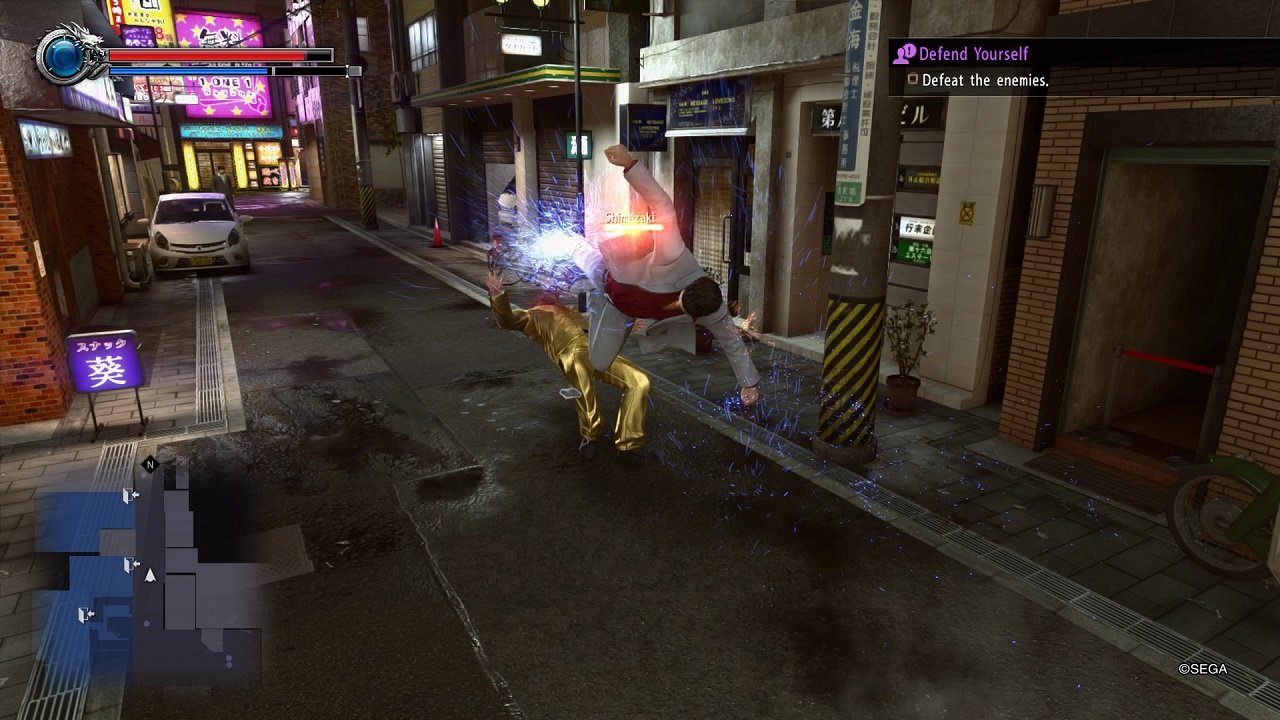
The new exp system makes a return, but you can gain all attributes equally now (at the expense of abilities costing more to acquire); the key Heat Actions that were missing are back, with the ground stomp being one of the first you unlock; and not only can you bring your own weapons into battle again, you can actually stash away the ones you “find” for future use by using the D-Pad. Hell, there’s even this cool feature where using the correct assortment of armor together gives Kiryu an additional stat boost.
But most importantly, Kiryu finally feels like he’s worth of his nickname, The Dragon of Dojima. His attacks have both weight and speed, and though he still only has one combat style again (boo), his ability to properly terrorize all but the most powerful of opponents in just about any environment makes the reduced depth a bit more palatable.
I really can’t put enough emphasis on how important this is. When combat is a major component of a game, the last thing you want to do — unless you’re doing a challenge run — is go out of your way to avoid it. There’s always been more to the series than just fighting, but it was terrible to see most fights come off as cumbersome and unrewarding.
That said, it wouldn’t be fair for me to chalk up all of Yakuza Kiwami 2’s success thus far to a refined Dragon Engine (though it is a big part of it), as much of it was already in place since 2006.
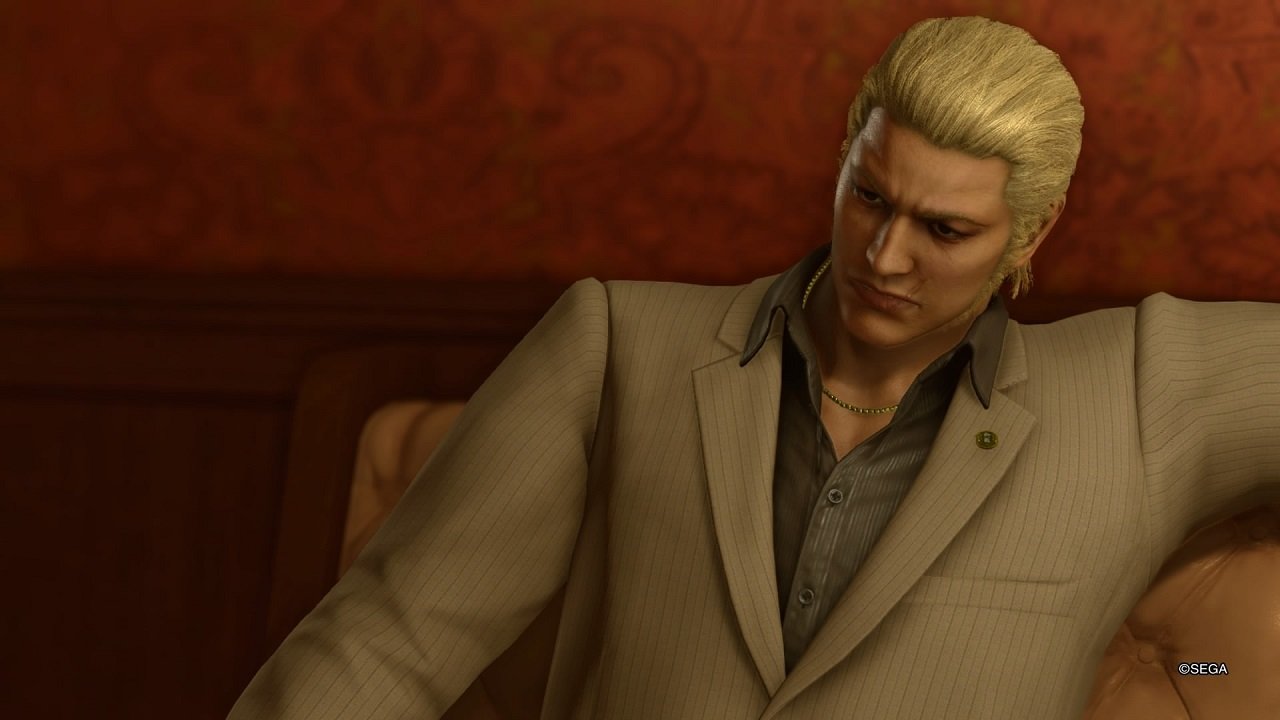
For instance, though I can only actively discuss the events of the story up through Chapter 4, it already shows elements of greatness thanks to its leading antagonist, Gouda Ryuji, who is now grown-up following his appearance in 0. Ryuji is a breath of fresh air compared to other villains who rely on subterfuge and trickery to move up in the underworld. Instead, he relies on pure power to get what he wants and is so well known for this fact that the police instantly discount his involvement in an incident concerning a trained sniper.
Meanwhile, for those who felt that there weren’t enough prominent women in the series (other than Haruka), meet Dojima Yayoi and Sayama Kaoru. The former is the current (interim) head of the Tojo Clan, while the former is a detective so well-known for her exploits in dealing with the Yakuza that she has the earned the nickname “The Yakuza Huntress” as a result. Both quickly establish themselves as important figures within the story and judging from how Kaoru is adamant about Kiryu not trying to give her the slip or face imprisonment (again), you can be sure that she’ll continue being a prominent character well after Chapter 4 is complete.
Granted, even if I could discuss the events that take place after Chapter 4, I’d have a hard time doing so thanks to me being distracted by all the side content.
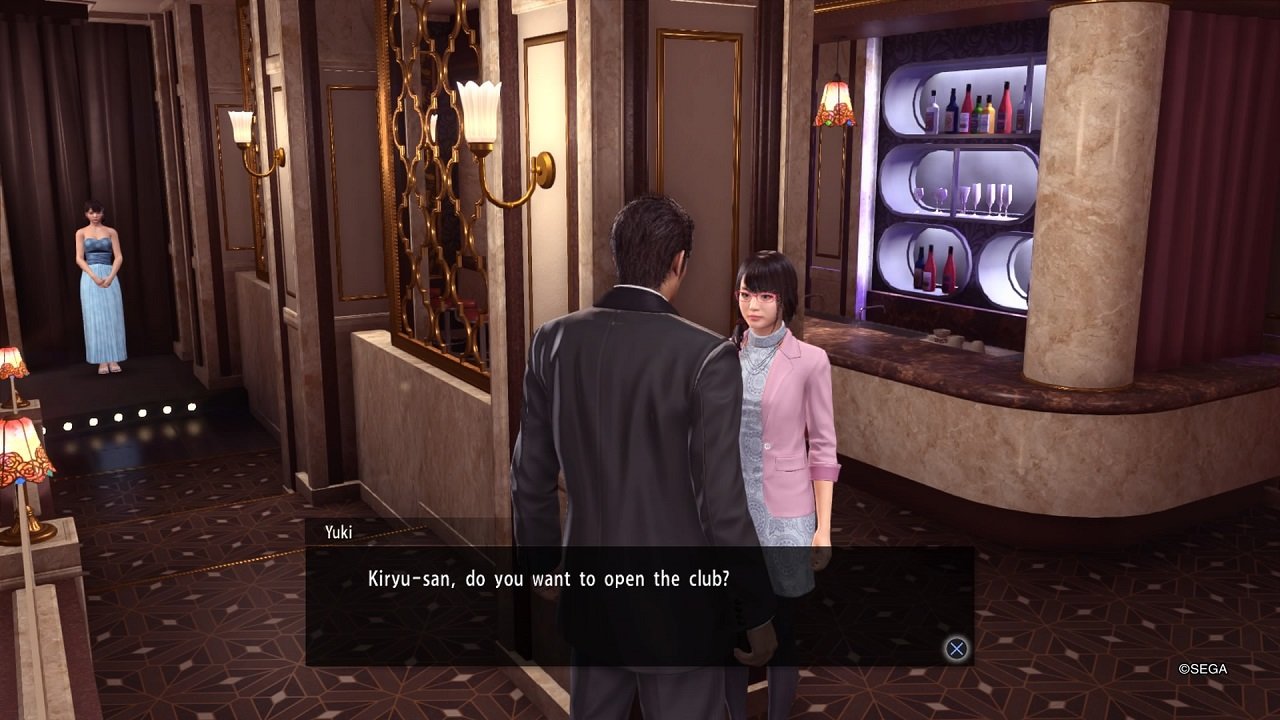
You might remember back in Yakuza 6 that a big issue with the game was a lack of side content due to roughly a third of Kamurocho being inaccessible and Onomichi offering little more than a change of scenery. That’s not an issue here. Both Kamurocho and Sotenbori are fully-realized locations, brimming with the people and Substories that give them and the world more character and depth (there’s even an ability which marks their location on your map), and a boatload of minigames to distract yourself with. In particular, Virtual-On (imagine my glee when I saw the cabinet just sitting there at Club SEGA) is a ton of fun, and if you want something a little more involved that can even earn you some extra dough, then look no further than the Cabaret Club which sees the return of everyone’s favorite hostess, Yuki (she’s supposed to be 39, but I don’t buy it).
All in all, I’ve been having a blast with Yakuza Kiwami 2. Considering what happened with Yakuza 6, I was scared that one of my favorite games of all-time would be ruined. I was wrong. Not only that, but at this pace, it will likely be better than the original.
For me, 6 will always be a blemish on what was otherwise often a near-impeccable series, but I can live with that if Yakuza Kiwami 2 is the result.
Oh, and one more thing before closing out: there’s a challenge pissing mini-game. Big Bill would be proud.


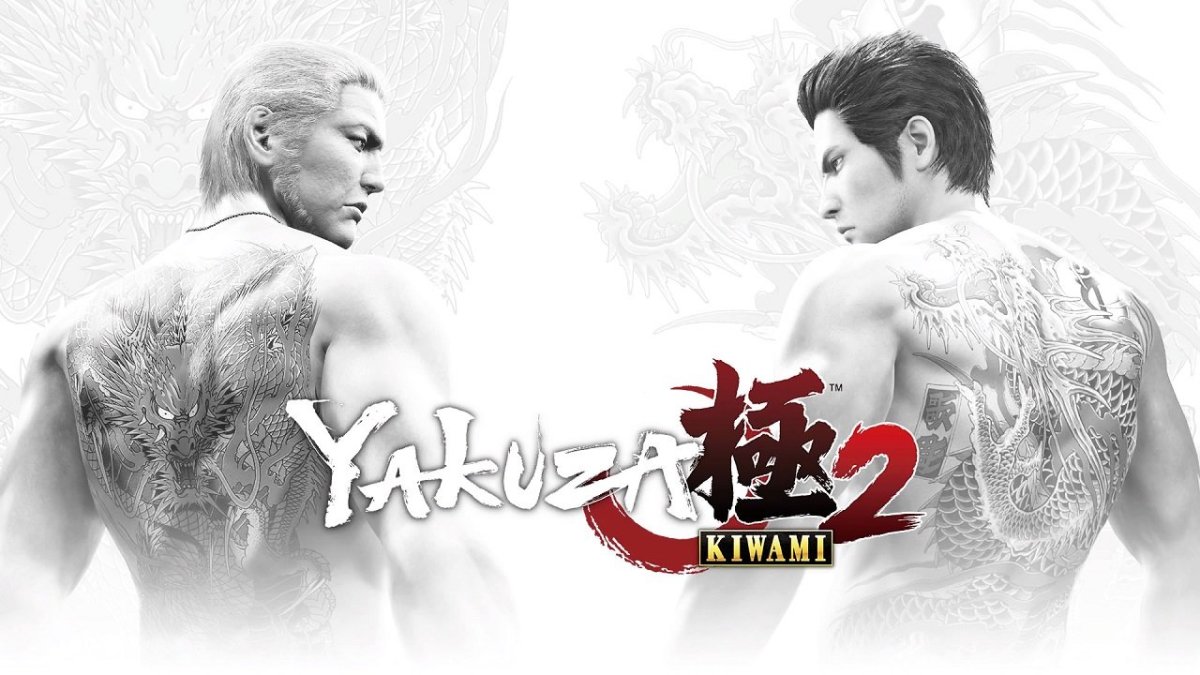

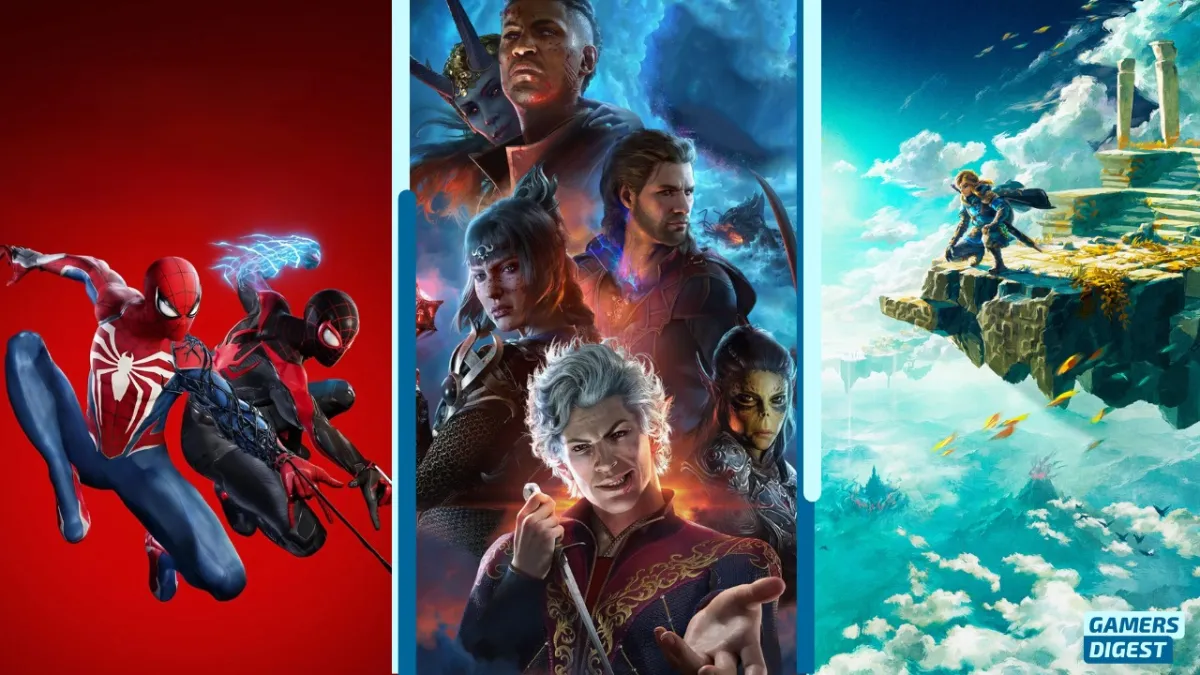
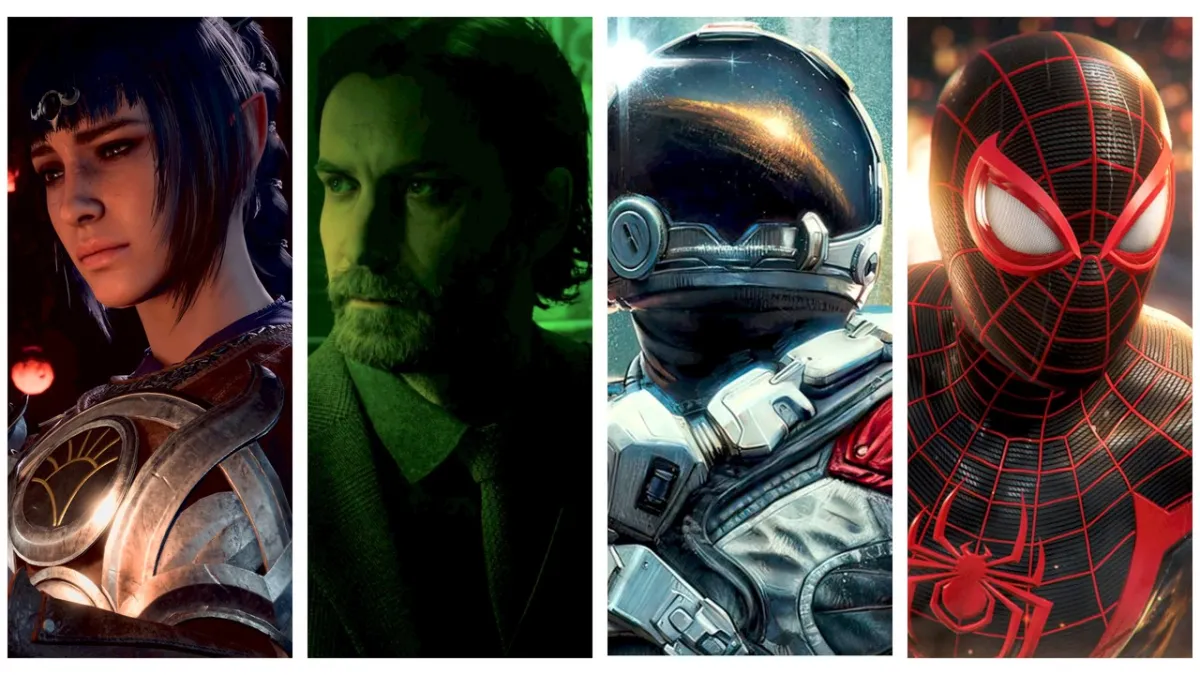
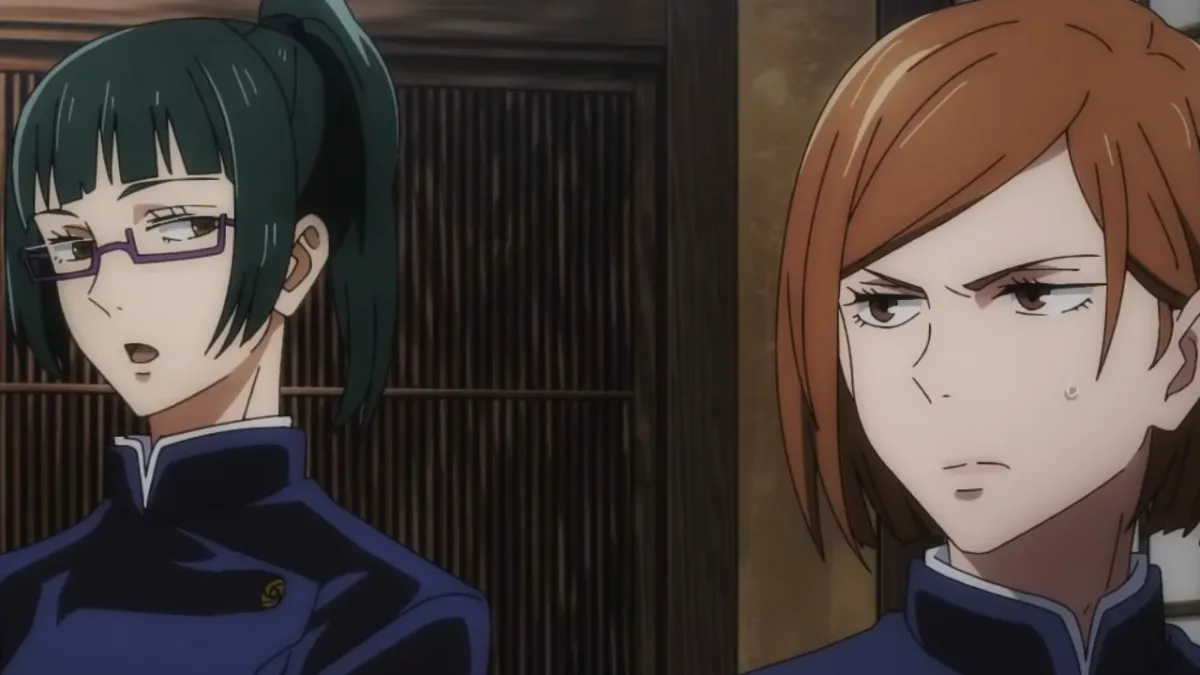
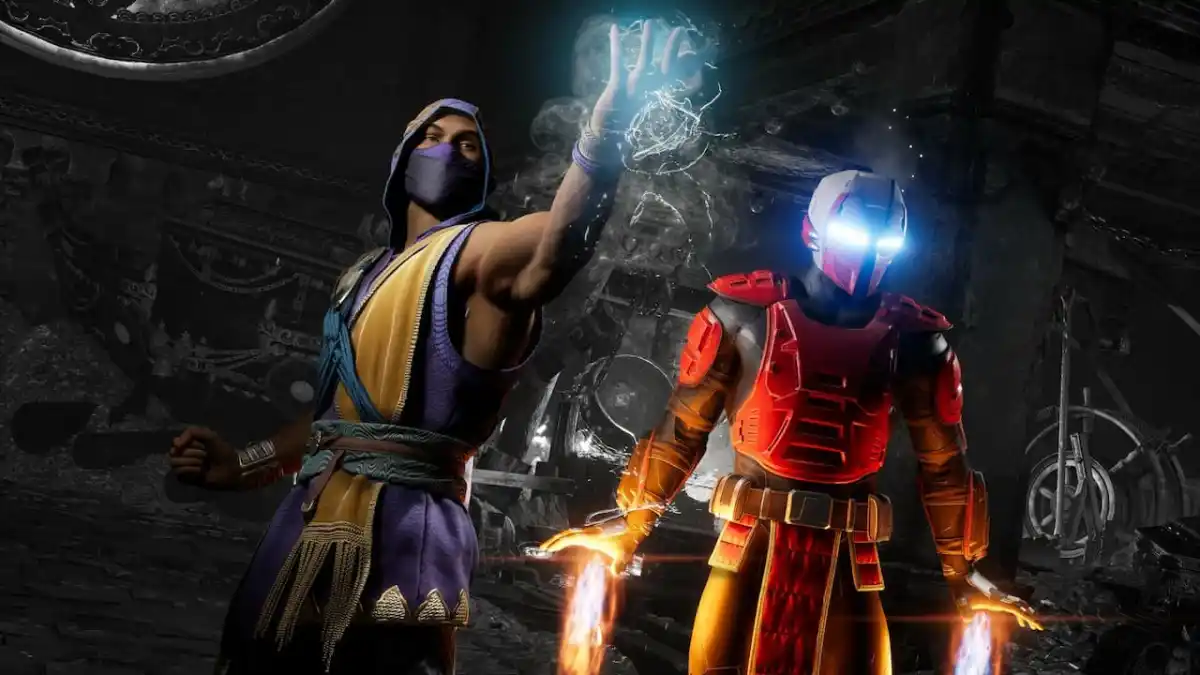
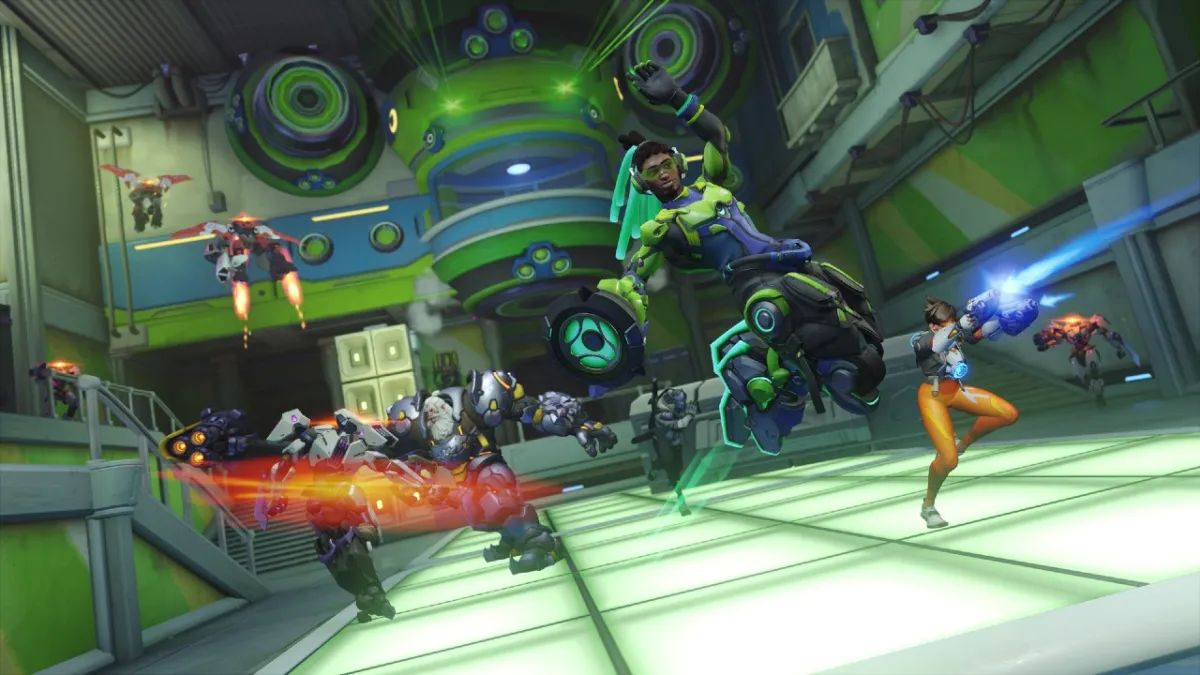


Published: Aug 16, 2018 09:39 am